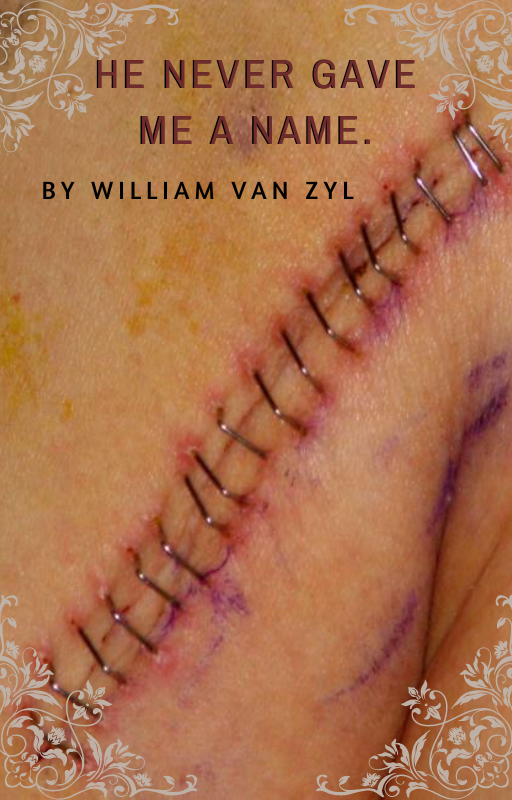
By William Van Zyl – published Aug 2022.
“He never gave me a name,” whispers the rejected monster as he prepares to die. His facial expressions are gruesome – the stitches crisscrossed over his face, neck and head. It tells a story of science that has gone wrong, horribly wrong. The pain in his eyes is excruciating to watch. He flinches and repeats those painful words again, “He never gave me a name.” He closes his eyes and gives up his spirit. Lost forever, without a name, without someone taking responsibility for him. Nobody cared about him. Nobody loved him. The flames consume not only his body but also his soul and spirit.
Where is his Maker? Where will his spirit and his soul go?
The soul mate the Scientist has created for the stitched-together-monster is also dead. She looked just like him – ghastly. Different parts of different people were taken from the morgue and sewn together. Human remains – body parts like arms, legs, heads, torsos, hands, feet, and more – are gruesomely stitched together with a large surgeon’s needle and thread. At first sight, the monsters shock the viewers. The roughly sewn-up wounds of the male monster and his female companion – showed the seam where every part was rashly attached. There were still some traces of fresh blood here and there. Some red dry stains were mixed with yellow translucent coagulated body fluids. The grisly details were accentuated by the untidy surgeon’s work done on the newly created beings. Gross watery liquids oozed from their neck and head wounds – struggling to heal. Their mouths and eyes pulled weirdly when they spoke as the stitches pulled tightly over their faces. They struggled to talk. However, they voiced their thoughts through the voice box of a stranger. They were both completely deformed.
The famous words of this unique novel stayed with me for several years – the sentence stuck in my head,
‘He never gave me a name.’
Then, the sequel – the story of the life of the writer Mary Shelly followed. It provided so much insight. By now, you probably have guessed I am referring to the two movies, Mary Shelley’s Frankenstein and Mary Shelly’s.
Let’s consider the life of Mary Wollstonecraft Shelley (nee Godwin, 30 August 1797 – 1 February 1851), the author. She left her father and mother at the age of 16 with a poet boyfriend – John Shelly. He was 21 years of age. Her father rejected her because she did not get married to the man. The man also had a mistress. The poet was a liberal; he believed in an open relationship where the three had the freedom to express their sexual desires and identity. Very promiscuous for that time. They were frowned upon and rejected by the community. Their out-of-wedlock relationships were unacceptable during the 1800s. Then, the poet rejected Mary as well. However, she stayed with him. The second partner got pregnant by a wealthy lord – they stayed with him exploring writing and poetry for many months. Sadly, the wealthy young landowner rejected the second mistress – Fanny. Mary also got pregnant, but by her poet partner. Unfortunately, she lost the baby.
In the lord’s mansion – where they explored and developed their writing for many months – the two women, the poet and a physician friend of the lord accepted the challenge to write individual novels. In 9 months, Mary produced the famous novel Frankenstein. The physician produced a Vampire-novel.
I include a couple of observations from me of the Mary Shelly movie. What stuck with me was the painting on the wall in the lord’s home. A half-naked woman was lying on a bed with a demon sitting at her feet – lusting after her. This painting portrayed the wild sexual fantasies of the wealthy landowner and, to an extent, the poet and his two mistresses.
I have given you a quick overview of the events in the life of Mary. My focus in this article is a philosophical and spiritual one. I will continue with a little more detail. My comments are on both movies, Frankenstein and the author Mary Shelly.
The famous writer of Frankenstein, Mary Godwin (later Shelly), eventually got married to the poet John Shelly. However, her husband’s life ends in tragedy. Her young husband, John, dies at a tender age, and she never marries again.
I watched this movie of the famous writer’s life – Mary Shelly – on Television on Saturday night, July 24, 2022, on the Maori Channel (New Zealand TV). I watched the movie Frankenstein years earlier. It must have been fascinating for its time. Dr Frankenstein collected all the different rejected parts of dead people. Later, Mary – the writer – is hailed as the pioneer of science fiction. However, there is so much more to this story. The real-life of Mary Shelley, who lived with her partner, who became her husband after several years, is depicted in the second movie Mary Shelly, as I have mentioned.
The promiscuous views of her husband, John Shelly – who chose to live with two women in the early 1800 – out of wedlock – were very shocking and scandalous. The community rejected them. Living together out of wedlock was unthinkable during those times. Her mother died when she was very young. By the way, her mother was a well-known writer.
The title of this article has been on my mind for many years. To this day, the words of the created man, “He never gave me a name,” stayed with me all these years. When I saw the actual true events portrayed in the movie about Mary’s life, everything became crystal clear to me. The novel “Frankenstein” was born out of rejection by the main characters. Mary was rejected by John and Fanny by lord Byron.
The creatures were stitched together by using the body parts of all different types of people. The creature represented the wealthy, the poor, the abandoned, the rejected, and the prisoners. The fact that all these people – who made up the creatures – were all rejected at some point. Mary wrote the story with deep undertones of her own life and the lives of the people around her. Her husband struggled financially – always looking for advances from publishers. He needed financial advances for his writing to provide for Mary and his second mistress Fanny. The friend they have made – the wealthy Lord Byron, whom they all lived with for quite some time – was also promiscuous. Lord Byron had sexual relations with John’s second mistress – Fanny – while they were visiting him for many months. When Fanny became pregnant, Lord Byron rejected her and the unborn baby – he committed to paying to raise the child.
In short, the story can be summarised as follow. Frankenstein tells the story of scientist Victor Frankenstein who succeeds in giving life to a being of his own creation. The hideous creatures are rejected by Victor and mankind. Although Victor Frankenstein – in the novel – had a happy childhood, an unhealthy obsession with alchemy and his engagement to his cousin Elizabeth inspired him to fame. Victor enrols at the University of Ingolstadt, where he discovers the secret of life and builds a creature from dead bodies. But this is just a small part of the story. What lies behind the life of the other people around him reveals the depth of the story. It is the rejection that filters through the novel. When one reads the novel – or watches the film – you really need to see the true life story of Mary Shelly first. It makes so much sense. The layers and the depth of the story are so intriguing. You can watch the videos of the movie Frankenstein and the short overview of Mary’s life on YouTube. These videos will give you more insight into her life and the novel she had written.
These experiences that most humans go through at some point – being rejected – make the story so relatable to us. When you include a spiritual dimension to it, the story just soars. Outstanding writing, delving ever deeper to reveal layer upon layer of the soul and spirit of Frankenstein. We see ourselves in the monster’s shoes. In the next couple of paragraphs, I will endeavour to uncover the emotions and philosophy behind Frankenstein. Don’t miss it.
“He never gave me a name,” those famous words rang again in my head. “He was my father …..”
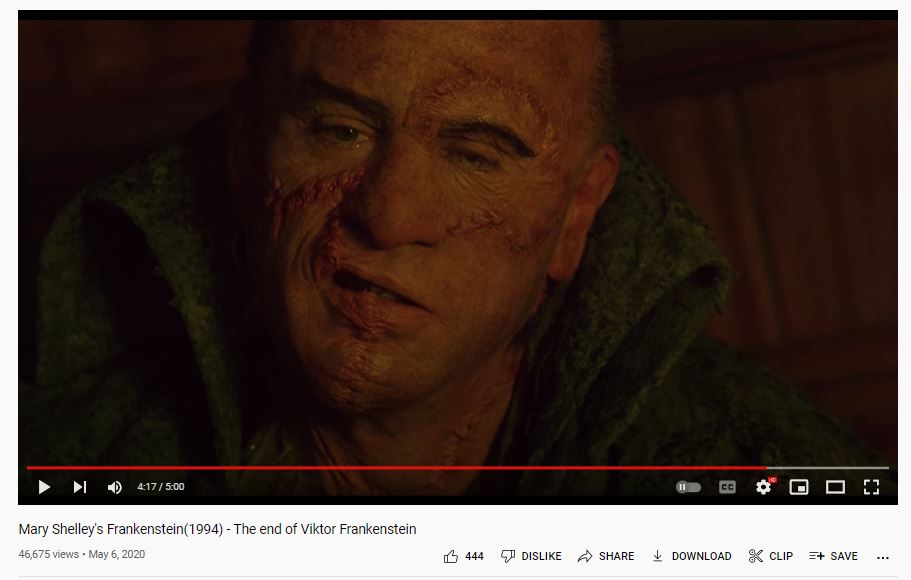
It is almost a premonition of humanism in the modern era we find ourselves in. Science is making huge advances. Knowledge is increasing. Scientists are becoming smarter. Ethical dilemmas are arising – like abortion on demand, choosing the sex of a baby, ending life on demand, and much more. The transplanting of organs and much more are happening right now as you are reading this article. Scientists are getting smarter and smarter. We can see those ethical dilemmas are arising – they will be more controversies as science develops.
Imagine you are the monster – a modern one – created in our advanced contemporary society by experts. Who would take responsibility for you? Who would give you a name? Who would provide you with the ethical code you should live by? Who would counsel you? Who would give you direction? Yes, you have guessed where this is leading to. My writer’s voice will now shine through.
Compare the following words to the dilemma of the monster created by Dr Frankenstein. Read this alternative ‘code’:
In the book of Psalms, David writes in chapter 139, verses 13 and 14:
“For it was You who created my inward parts; you knit me together in my mother’s womb. I will praise You because I have been fearfully and wonderfully made”.
Psalm 139:15-16 ESV
My frame was not hidden from you, when I was being made in secret, intricately woven in the depths of the earth. Your eyes saw my unformed substance; in your book were written, every one of them, the days that were formed for me, when as yet there was none of them.
And consider,
Isaiah 44:2 ESV
Thus says the Lord who made you, who formed you from the womb and will help you: Fear not, O Jacob my servant, Jeshurun whom I have chosen.
What a wonderful feeling to know that there is a code – a handbook – provided by our Creator Jehovah Elohim. He takes full responsibility for us. He even comments that He had created us in His image. As we study the scriptures, we discover why we are here on earth, how to live, and how to make difficult decisions. We have a Code to live by. We are loved, ‘For God so loved the world …’
Contrast and compare the dilemma of the monster. He has nothing – no name, no father, no direction, no purpose, no hope.
As humans create, invent, and design, they cannot take responsibility for you and me – and the intervention in the lives of other humans.
God – the Almighty One of Israel – is our Father. His Word is our ultimate Code.
Our parents or caregivers gave us our names. But did you know that Jehovah will give the ‘conquers’ a new name?
“To Everyone who conquers, I will give some of the hidden manna, and I will give a white stone, and on the white stone is written a new name that no one knows but the one who receives it” (Revelation 2:17).
My friend, who is your ‘father’?
By what ‘code’ do you live?
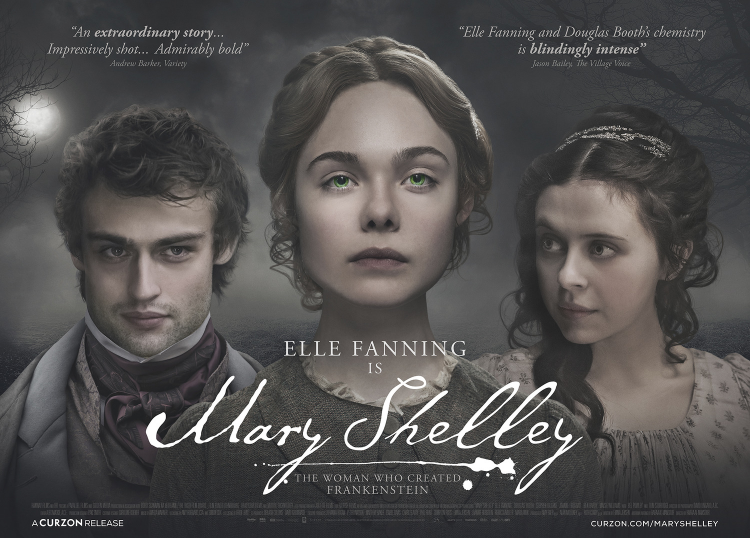
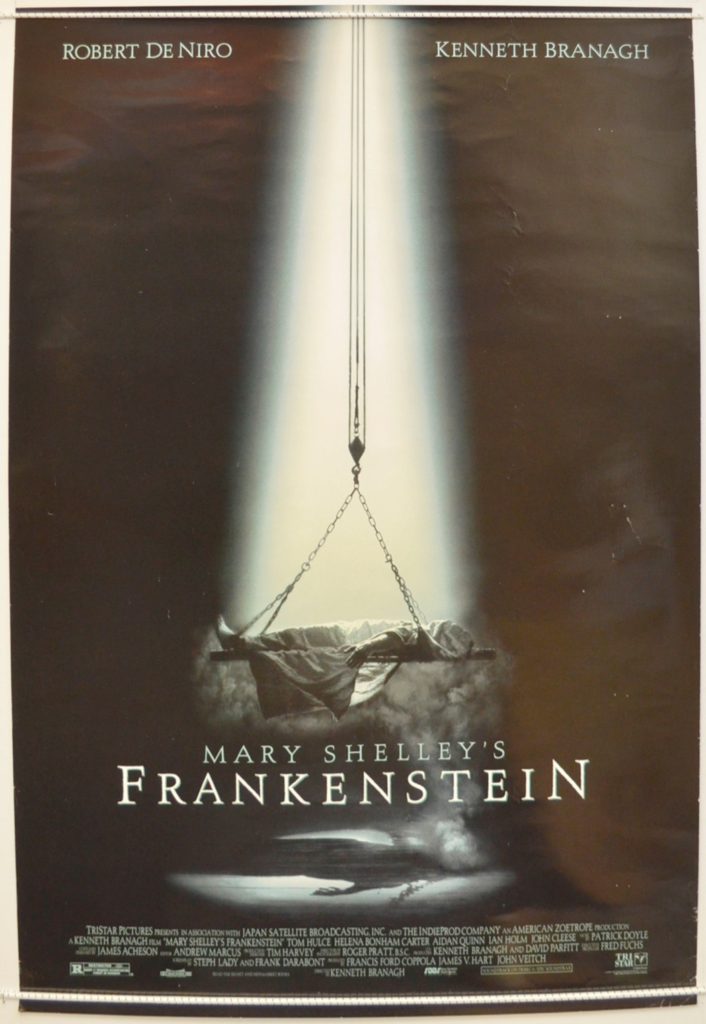
Copyright © 2022 by William Van Zyl
He Never Gave Me a Name.
All rights reserved. This eBook/article or any portion
thereof may not be reproduced or used in any manner
whatsoever without the express written permission of the
publisher, except for the use of brief quotations in a book review.
Published by Five House Publishing (New Zealand)
First Publishing, August 2022
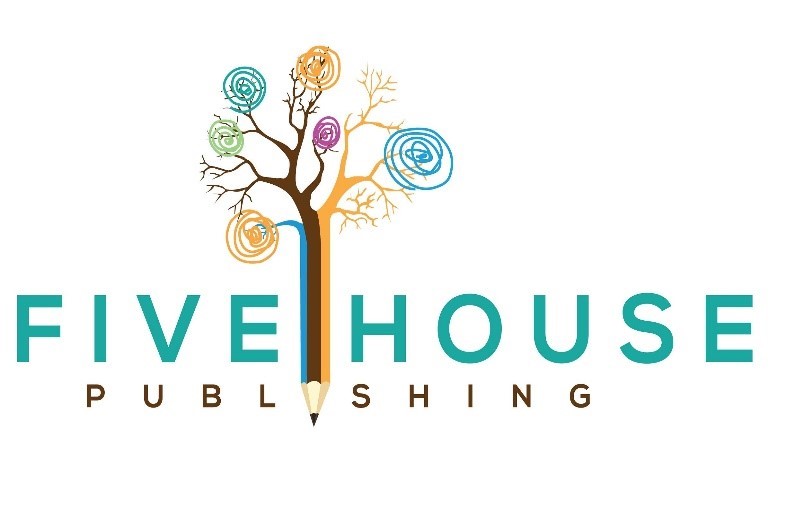
More eBooks and articles are available at https://fivehousepublishing.com/
More about the author at http://williamvanzyl.com/
Podcasts:
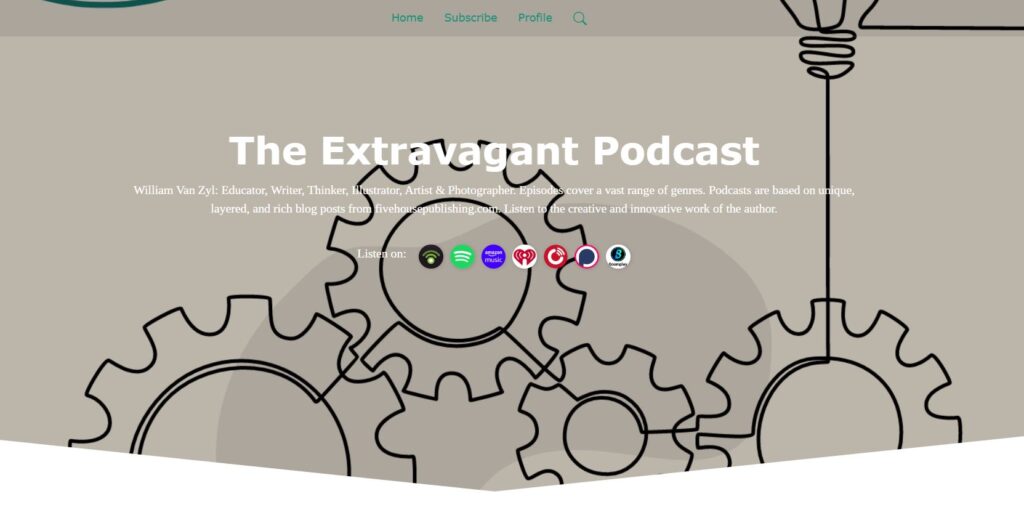
https://feed.podbean.com/williamvzyl/feed.xml
https://williamvzyl.podbean.com/